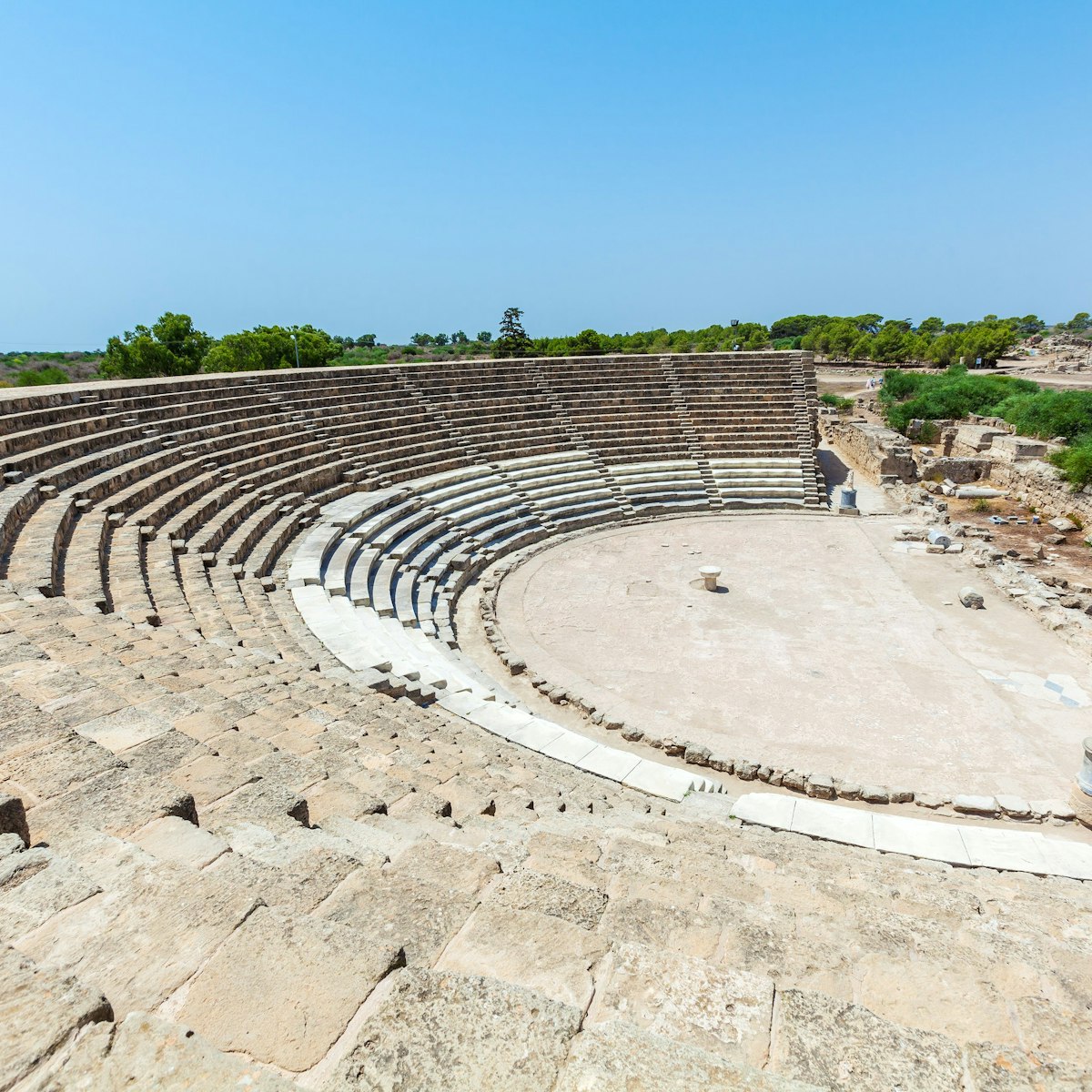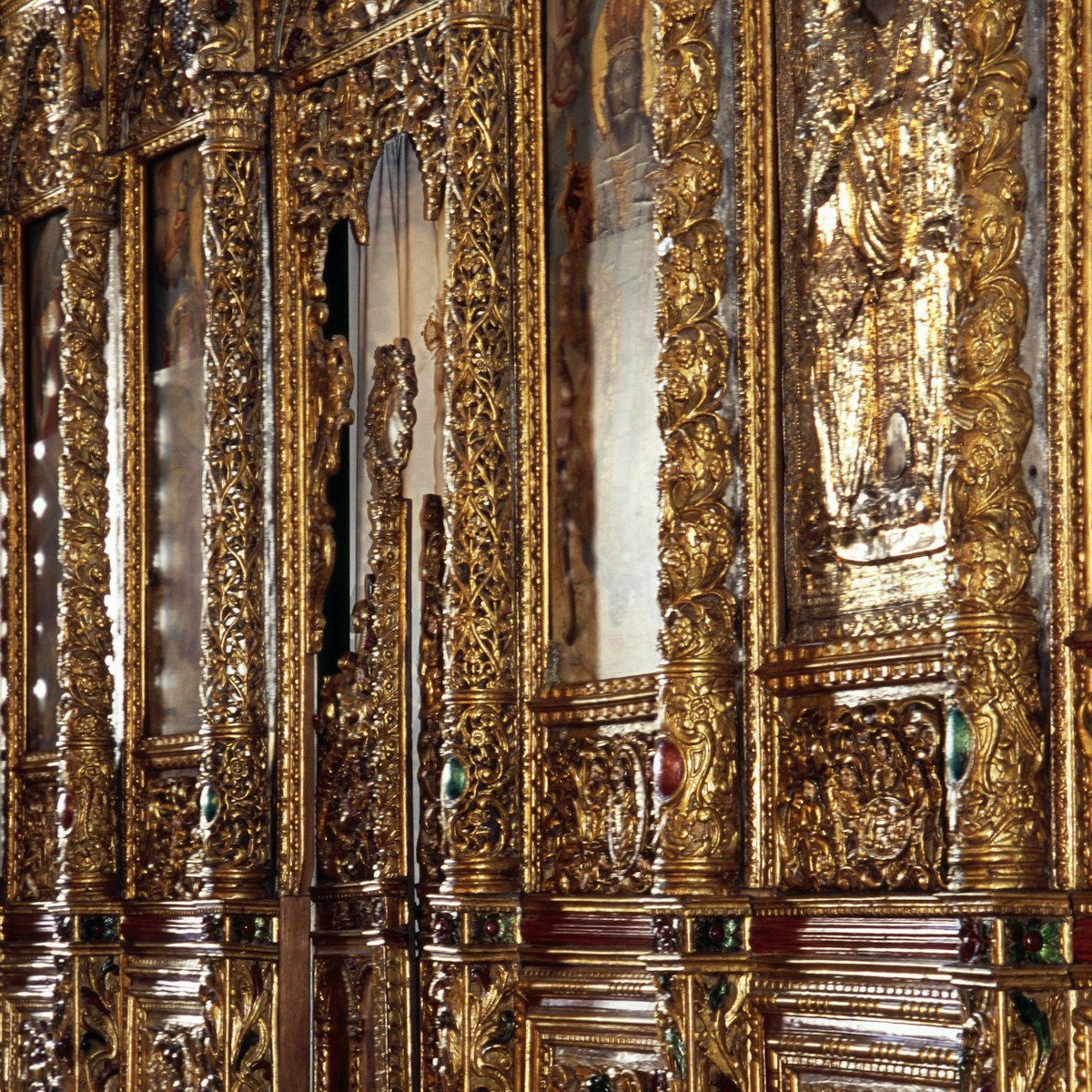During winter this protected reserve fills with rainwater, creating an important migratory habitat for flamingos, wild ducks and water fowl. As summer approaches the waters slowly dry up and the birds leave. They are replaced by a crusty layer of salt, and heat waves bounce and shimmer off its white surface.
A nature trail that threads along the eastern bank is great for birdwatching in spring.
Archaeologists have determined that in prehistoric times the central lake (known to locals as Aliki) was a natural port that facilitated important trade to the island. It serviced a sizeable late–Bronze Age town that stood near where the Hala Sultan Tekkesi mosque stands now. In 1050 BC the town’s population abandoned the site, and shortly after the waterway dried up, thus creating the salt lake. For centuries afterwards salt was harvested from the lake and became a valuable export for Cyprus. Temporary harvest houses were set up and donkeys were used to cart salt in large woven baskets. By the 1980s, rising costs and slowed production halted salt harvesting altogether.







